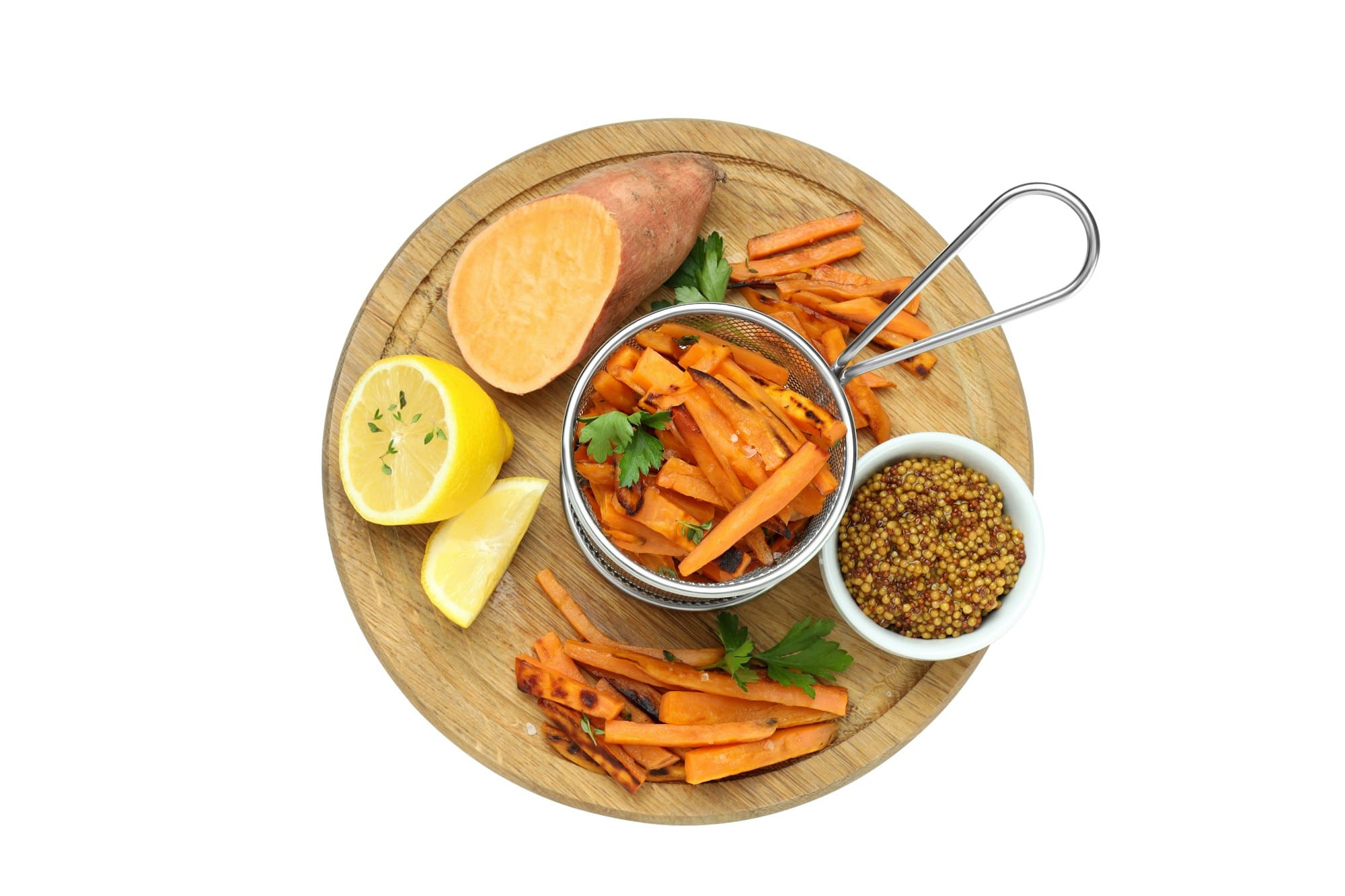What Techniques Ensure a Perfectly Crisp and Juicy Southern Fried Chicken?

The quest for the perfect southern fried chicken often leads you down a gastronomic rabbit hole filled with countless recipes, techniques, and opinions. You might wonder, what’s the secret to achieving that delicate balance between the crispy exterior and succulent interior? What oil should you use for frying? How do you create the perfect coating? How should you brine the chicken? What’s the ideal frying temperature?
In this in-depth guide, we’ll share with you tested and proven techniques that guarantee a scrumptious southern fried chicken. We will also guide you on how to leverage key ingredients like chicken, oil, flour, salt, pepper, and buttermilk to elevate your dish’s flavor profile.
Lire également : How to Prepare Gourmet Cinnamon Roll Pancakes with Cream Cheese Glaze?
Choosing the Right Chicken and Preparing It Properly
One of the foundational steps to making exceptional fried chicken is selecting the right bird. The chicken should be fresh, preferably organic or free-range. Smaller chickens, between 3 to 4 pounds, are ideal because they cook more evenly.
Brining is another crucial step. This process involves soaking the chicken in a saltwater mixture, sometimes with added spices and herbs. The brine not only seasons the chicken but also helps it remain moist during frying. For an authentic southern taste, opt for buttermilk brine. The rich acidity of the buttermilk tenderizes the meat and imparts a tangy flavor. Allow the chicken to brine for at least 3-4 hours, but preferably overnight, to ensure optimal flavor penetration.
Cela peut vous intéresser : How to Create a Gourmet Burrata and Heirloom Tomato Caprese with Aged Balsamic?
Crafting the Perfect Coating
Creating the perfect coating for your chicken is what gives it that coveted crispy exterior. The secret lies in the flour mixture. Typically, a blend of regular all-purpose flour, salt, and pepper does the trick. However, you can elevate this basic mixture by adding spices like paprika, garlic powder, or cayenne for an extra kick. The spices add depth to the flavor and give your chicken a beautiful golden color when fried.
To achieve a thick, crunchy coating, dip the brined chicken pieces in the flour mixture, back into the buttermilk, and then back into the flour mixture again. The double-dipping creates multiple layers that crisp up remarkably during frying.
Selecting and Managing Your Frying Oil
Choosing the right oil and maintaining its temperature is crucial for frying chicken. The oil should have a high smoke point and neutral flavor. Canola, vegetable, and peanut oil are excellent choices for frying because they can withstand high temperatures without breaking down or imparting unwanted flavors to your food.
Using a thermometer, preheat your oil to the right temperature, between 350 to 375 degrees Fahrenheit. Maintaining this temperature ensures that your chicken cooks evenly without burning. It also prevents the chicken from absorbing too much oil, which can make it greasy rather than crispy.
Mastering the Frying Process
The frying process is where the magic happens. Once your oil is preheated, gently place the coated chicken pieces into it, being careful not to overcrowd the pan. Overcrowding can lower the oil’s temperature dramatically, leading to undercooked chicken with a soggy, rather than crispy, exterior.
Fry the chicken pieces for about 10-12 minutes on each side, or until they are golden brown and fully cooked inside. The chicken should register at 165 degrees Fahrenheit on a meat thermometer inserted into the thickest part.
Ensuring a Juicy Interior
While achieving a crispy outside is important, maintaining a juicy interior is equally crucial for delicious fried chicken. The brine and buttermilk soak helps to keep the meat moist. However, how you handle the chicken after frying also significantly impacts its juiciness.
Once fried, transfer the chicken pieces to a wire rack set over a baking sheet. This setup allows excess oil to drain off the chicken without making it sit in its own grease, which could make the coating soggy. Let the chicken rest for a few minutes before serving. This rest allows the juices that were driven to the surface during frying to be reabsorbed into the meat, ensuring a juicy bite.
With these comprehensive techniques, you’re well on your way to making perfectly crisp and juicy southern fried chicken. Remember, practice makes perfect, so don’t be discouraged if your first few attempts don’t meet your expectations. Keep trying, and soon, you’ll have an impressive dish that’s a hit with family and friends.
Creating a Unique Southern Flavor
The unique blend of seasonings used in southern fried chicken recipes is what sets it apart. It’s not just about the buttermilk or the crispy coating; your choice of spices also plays a significant role. As mentioned earlier, the basic flour mixture for the coating includes salt and pepper. But you can add a variety of other spices to customize your chicken recipe to your liking.
Common additions include garlic powder, cayenne pepper, and paprika, which provide a nice heat and depth of flavor. For a more piquant taste, you can also include hot sauce in the brine or the coating mixture. Other popular southern spices include onion powder, celery salt, and dried thyme or oregano. Mixing these in your flour mixture will make your chicken explode with flavor every bite.
While experimenting with spices is encouraged, remember that the real star of the dish is the chicken itself. The spices should enhance, not overpower, the natural flavor of the chicken. Always taste your flour mixture before using it to ensure the balance of flavors is correct.
The Perfect Setup for Frying Chicken
Once you have your chicken pieces brined, coated, and ready, it’s time to set up your frying station. Traditional southern chefs swear by a sturdy dutch oven for frying chicken, but any large, heavy-bottomed pot will do. The pot should be deep enough to hold enough oil for deep frying and broad enough to accommodate multiple pieces of chicken without crowding.
The oil temperature is another aspect you need to manage. As noted, it should be between 350 to 375 degrees Fahrenheit when you place chicken into it. A deep-fry or candy thermometer is a handy tool to monitor the temperature. If the oil gets too hot, the outside of your chicken will burn before the inside is cooked. If the temperature drops too low, the chicken will absorb too much oil and turn out greasy.
To maintain the right temperature, add only a few pieces of chicken at a time, and allow the oil to reheat between batches. Remember, adding chicken drops the oil’s temperature.
Conclusion
Mastering the art of making southern fried chicken requires patience, practice, and a bit of creativity. With these techniques and tips, you’re well on your way to achieving that ideal balance of a crispy exterior and juicy interior that makes this dish so beloved.
Whether you’re trying to recreate grandma’s secret recipe or seeking to create your own signature dish, remember the key elements: choose fresh chicken, use a buttermilk brine, create a flavorful coating, manage your frying oil wisely, and let the chicken rest on a wire rack after frying. Moreover, don’t forget to put your personal spin on the recipe with your choice of spices.
As you continue to hone your skills, you’ll find that making southern fried chicken isn’t just about the end product. It’s also about the joy of cooking, the anticipation of that first bite, and the satisfaction of seeing your friends and family enjoy a meal you’ve prepared with love and care. So put on your apron, heat up the peanut oil, and get ready to make some of the best fried chicken you’ve ever tasted.
